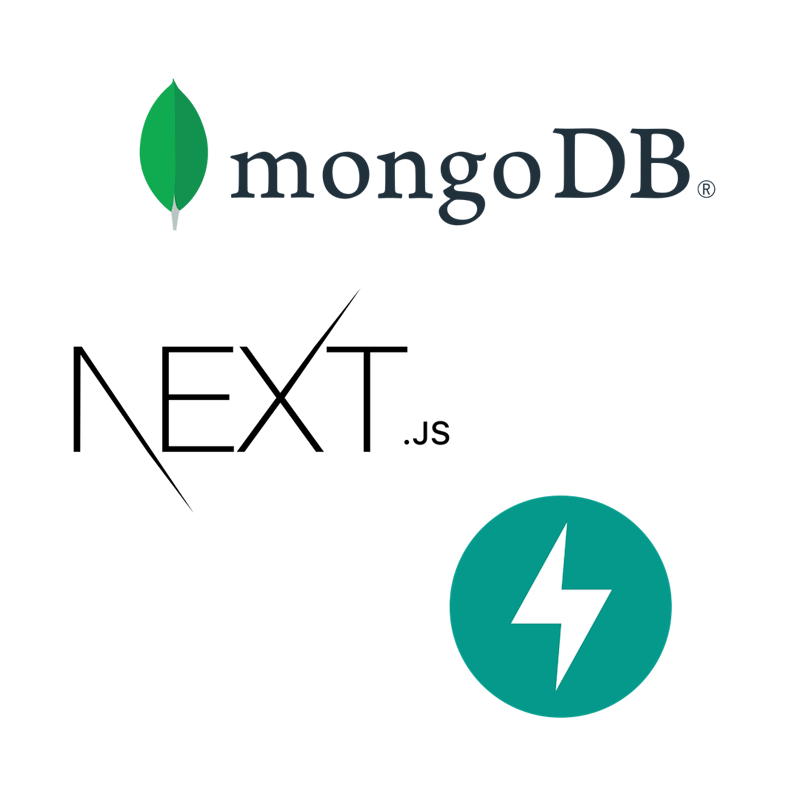Team Node ToadspresentLEAP

LEAP Demo Video
Rethink learning with LEAP
The idea was filtered from list of ideas created by the team, through careful consideration we selected LEAP as the best of the bunch and got to work. The idea behind Leap was that in daily life we are often met with situations where you need to know more about a topic and get up to scratch quickly.
In Leap, we've crafted a platform that pulls together the best resources across the internet on ANY given topic, which empowers all users to swiftly gain a fundamental understanding of any subject matter.
Beyond enabling individual learning, Leap also fosters community engagement by allowing users to create dedicated pages for topics of interest. These community pages serve as vibrant hubs where users can connect, pose questions, share insights, and delve deeper into their chosen topics alongside like-minded individuals. It's not just about learning; it's about forging connections, sharing knowledge, and embarking on enriching learning experiences together.
The Team

Jamie Appleyard

Zack Sawyerr

Rebecca Lake

Mariha Butt

Euan Coupland

Stephen Ho
Technologies

We used: Fast Api, MongoDB, Next JS
Backend:
- At the heart of our backend architecture lies Python, a language renowned for its simplicity and readability. Python serves as the backbone of our system, facilitating rapid development and efficient execution of intricate algorithms.
- For data management, we rely on MongoDB, a flexible and scalable NoSQL database that seamlessly handles vast amounts of data. MongoDB's document-based approach perfectly aligns with our dynamic data needs, ensuring seamless storage and retrieval.
- To ensure data integrity and validation, we employ Pydantic, a robust data validation library for Python. Pydantic empowers us to define clear and concise data models, enhancing data handling throughout our application.
- For crafting APIs, we turn to FastAPI, a modern web framework designed for building APIs with Python. FastAPI's exceptional performance and intuitive design enable us to create resilient and scalable backend services efficiently.
- To enrich our content with AI-generated summaries, we integrate Cohere, an advanced language model that produces insightful summaries based on input text. Cohere elevates the learning experience by providing concise and informative summaries across diverse topics.
- Additionally, we leverage Langchain for natural language processing tasks, FAISS for efficient similarity search, and Bing Web Search for retrieving relevant web content.
Frontend:
- On the frontend, we embrace TypeScript (TS), which is known for its robustness and maintainability. TypeScript plays a crucial role in ensuring code quality and catching errors early in the development process.
- For crafting an engaging user interface, we turn to Next.js, a popular React framework for building server-side rendered (SSR) and static web applications. Next.js empowers us to deliver fast, responsive, and SEO-friendly web experiences with ease.
- To streamline our UI development process, we harness the power of Tailwind CSS, a utility-first CSS framework, and DaisyUI, a comprehensive Tailwind CSS component library. These libraries provide us with a rich set of pre-built components and utilities, allowing us to design and style our frontend components efficiently.
Challenges Faced
We faced challenges with testing asynchronous code and requests between our database and back end. We also challenged ourselves with prompt engineering and found it tricky to control the output of our LLM. Adapting to the new tech stack provided issues but all challenges were overcome in the end.
